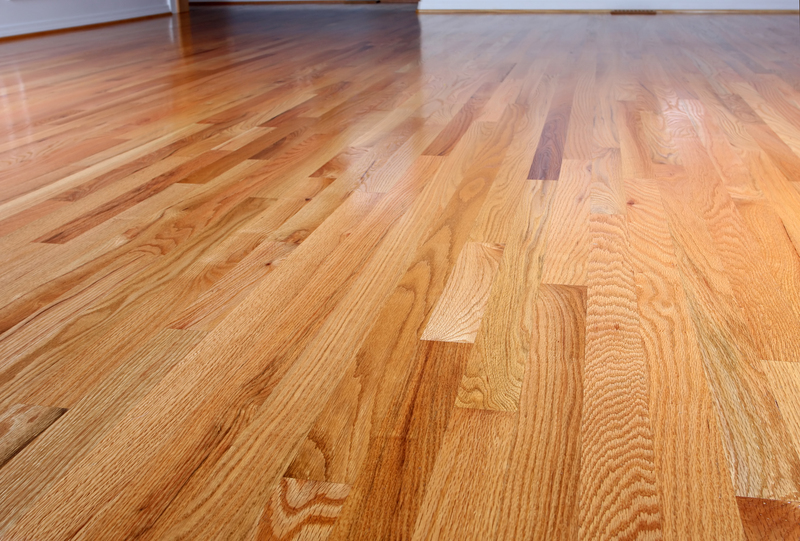Expand Carpet Cleaning Efforts Beyond Vacuuming
Carpets play a significant role in home d?cor, adding warmth, texture, and color to any room. However, maintaining a clean carpet goes beyond the routine vacuuming that most of us are accustomed to. Vacuuming is essential for daily upkeep, but it only addresses surface-level dirt and debris. To truly keep your carpets in pristine condition and ensure they last for many years, one must consider expanding carpet cleaning efforts beyond vacuuming. Here, we explore several comprehensive cleaning techniques designed to keep your carpets looking new and increase their longevity.
Understanding the Limitations of Vacuuming
Vacuuming is a quick and efficient way to remove loose dirt, crumbs, and other debris from the top layer of your carpet. However, its effectiveness is limited to surface cleaning. Most household vacuums do not have the suction power to seep deep into the carpet fibers where dirt, allergens, and bacteria can accumulate. These hidden contaminants can lead to several issues, including reduced air quality, unpleasant odors, and even damage to the carpet fibers over time.

The Importance of Deep Cleaning
Deep cleaning your carpet involves methods that go beyond the surface level to remove embedded dirt, stains, and odors from the fibers. Deep cleaning not only extends the life of your carpet but also enhances the overall health of your home environment. Regular deep cleaning is especially important in homes with pets, children, or residents who suffer from allergies or respiratory issues.
Professional Carpet Cleaning Services
One of the most effective ways to deep clean your carpets is to hire professional carpet cleaning services. Professional cleaners use specialized equipment and techniques to thoroughly clean and sanitize your carpets. Common methods include hot water extraction, also known as steam cleaning, and dry cleaning.
Hot Water Extraction (Steam Cleaning)
Hot water extraction involves spraying a mixture of hot water and cleaning solution onto the carpet, then using a powerful vacuum to extract the solution along with the dirt and contaminants. This method is highly effective in removing deep-seated dirt and allergens and is recommended by most carpet manufacturers. However, it requires a significant amount of drying time, usually between 6-12 hours.
Dry Cleaning
Dry cleaning methods use a minimal amount of water and are quicker to dry compared to steam cleaning. This technique involves spreading a cleaning compound over the carpet, which then breaks down and absorbs dirt. The carpet is then vacuumed to remove the compound and the trapped dirt. Dry cleaning is less effective than steam cleaning for very deep cleaning but is a convenient option for regular maintenance.
DIY Carpet Cleaning Techniques
If professional services are not an option, several do-it-yourself carpet cleaning methods can help maintain your carpet's cleanliness and appearance. These techniques, while not as effective as professional cleaning, are a great way to supplement regular vacuuming and can be useful between professional cleanings.
Renting Carpet Cleaning Machines
Many supermarkets and home improvement stores offer carpet cleaning machine rentals. These machines are similar to the equipment used by professional cleaners but are designed for consumer use. Renting a carpet cleaner allows you to perform a deep cleaning at a fraction of the cost of hiring a professional. Be sure to follow the manufacturer's instructions carefully to avoid damaging your carpet.
Homemade Cleaning Solutions
For those interested in a more natural approach, homemade cleaning solutions can be effective for spot cleaning and routine maintenance. A mixture of white vinegar, water, and a few drops of essential oil can serve as a general cleaning solution. Baking soda can also be used to neutralize odors and lift stains when sprinkled on the carpet and vacuumed after a few hours.
Spot Cleaning
No matter how cautious you are, spills and stains are inevitable. Immediate action is crucial to prevent stains from setting and causing permanent damage to your carpet. Blot the spill with a clean, dry cloth to absorb as much liquid as possible. Avoid rubbing, as it can spread the stain and damage the carpet fibers. Once the excess liquid is absorbed, treat the stain with an appropriate cleaner.
Carpet Protectors and Regular Maintenance
Applying a carpet protector can help repel stains and make it easier to clean spills before they become permanent. Regular maintenance includes not only vacuuming but also rotating furniture to prevent uneven wear and scheduling periodic professional cleanings. High-traffic areas may require more frequent attention to remain clean and fresh.

Allergen Control and Hygiene
Carpets are notorious for trapping allergens such as dust mites, pollen, and pet dander. Regular deep cleaning can significantly reduce these allergens, improving indoor air quality and reducing allergy symptoms. In addition, consider using a vacuum with a HEPA filter, which can capture smaller particles that standard vacuums may miss.
Conclusion: A Comprehensive Approach to Carpet Care
While vacuuming is an essential part of carpet maintenance, it is not sufficient on its own to keep your carpets in top condition. Expanding your carpet cleaning efforts beyond vacuuming involves incorporating professional services, DIY methods, spot cleaning, and regular maintenance to ensure your carpets remain clean, fresh, and long-lasting. By taking a comprehensive approach to carpet care, you can protect your investment and create a healthier living environment for you and your family.
In essence, caring for your carpets is an ongoing process that requires attention and effort beyond the routine vacuuming. Deep cleaning, whether done professionally or through DIY methods, is crucial for maintaining the appearance and hygiene of your carpets. By adopting these expanded cleaning practices, you can enjoy beautiful, clean carpets for many years to come.



